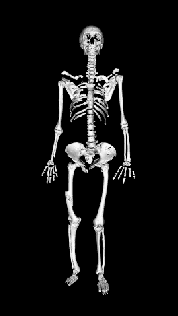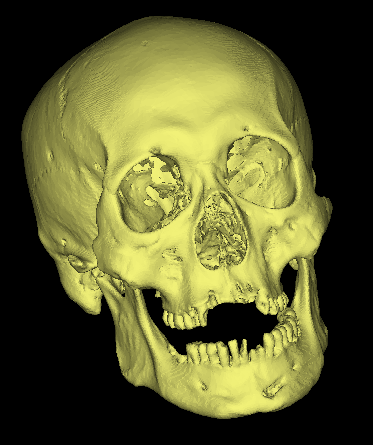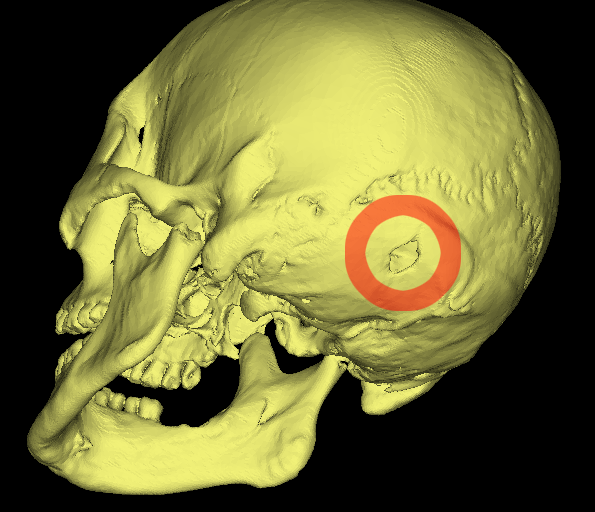
 office
(847) 797-5067
office
(847) 797-5067
fax (847) 729-2475
cell (847) 797-5067
virtsurf@aol.com
Forensic Studies
Highlights
-
Our current work is with the University of Wisconsin – Whitewater and Professor Peter Killoran who heads up the University’s Forensic program. We realize that the new 3-D scanning technologies far more accurate cranial measurements can be made. Our objective is to establish new procedures and protocols for craniometric studies for use in Anthropological and criminal investigations.
-
3-D scanning is proving to be a powerful tool in crime scene investigations. Prior work could be somewhat “hit and miss” since it was difficult to accurately record a crime scene. Most scene documentation often relied on a person unskilled in such recordings. Such consequences could result in the conviction an innocent person or let a guilty one go free.
With highly accurate 3-D scanners, an entire room, or car or street scene, can be captured without human bias. The data is impersonal, what you see is what you get.
Crime scenes are not the only use for 3-D scanning. We can now scan foot prints and/or tire tracks in both soil and snow replacing traditional molding and casting. Since the impressions are in a soft media and since 3-D scanning is non-contact, there is never a chance that the media is deformed, which could happen with traditional molding and casting.
Other types of scanning such as medical/industrial CT reveals both internal and external geometries.
This 17th century skeleton was CT scanned by the Smithsonian. We edited the scan data and made 3d models of the bones. The skeleton was assembled and an animation created for a new Smithsonian exhibit.

Related resources


Man executed by shot to back of head